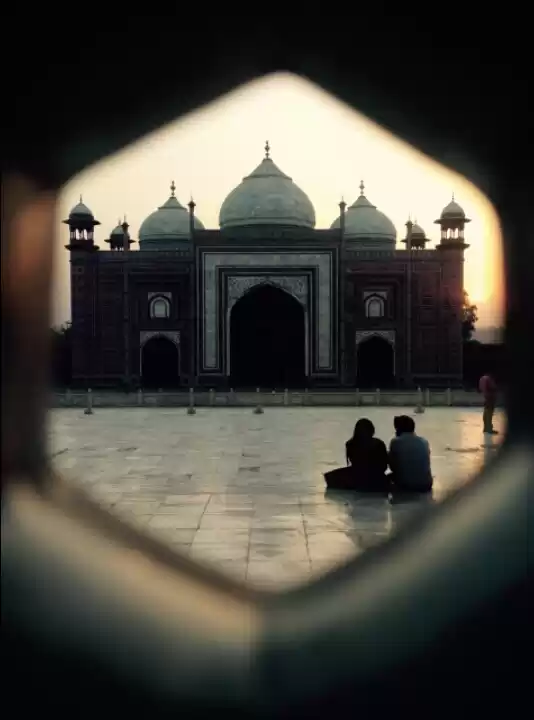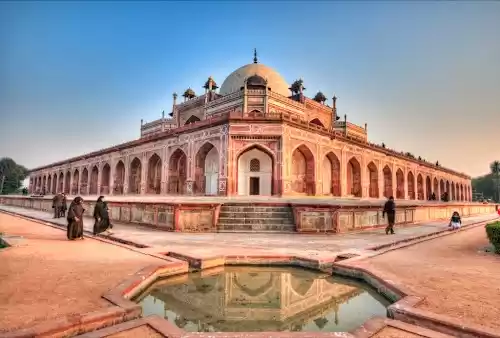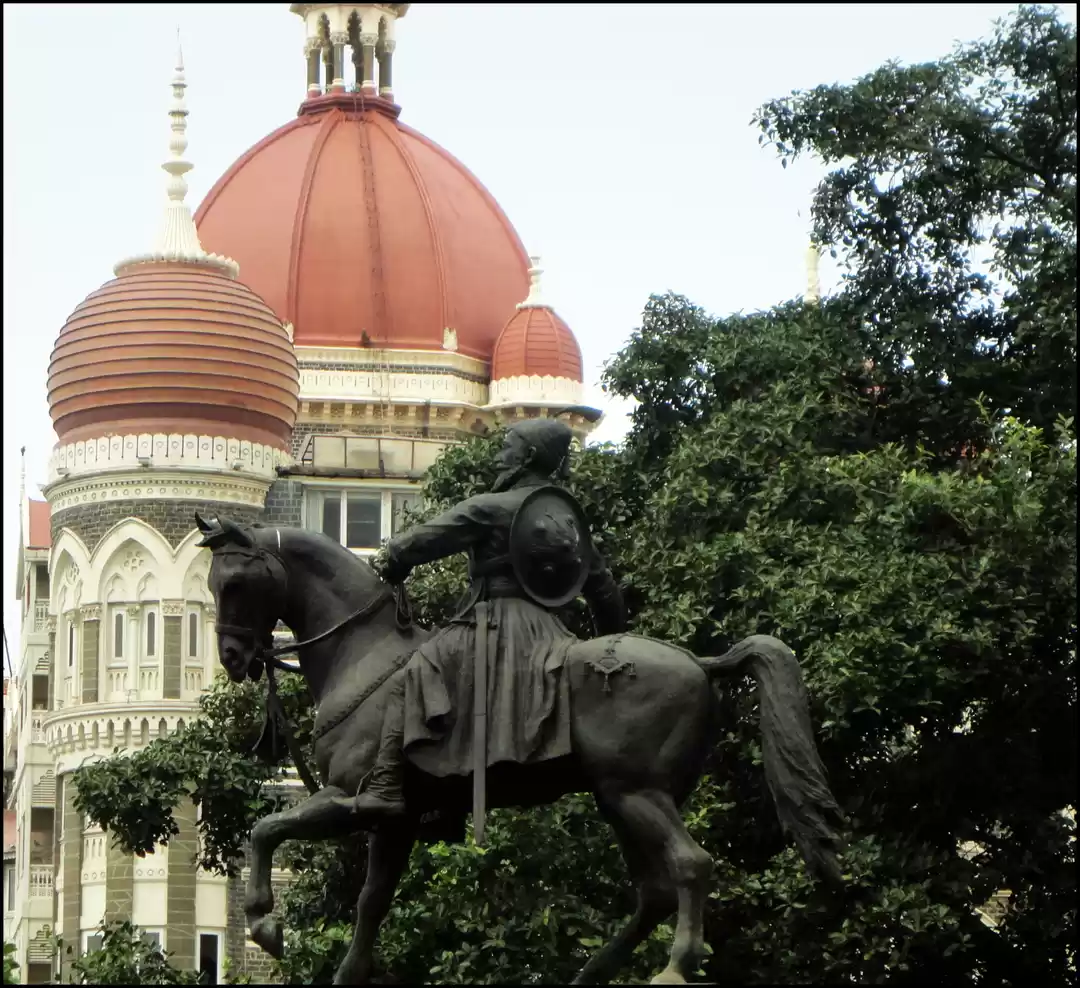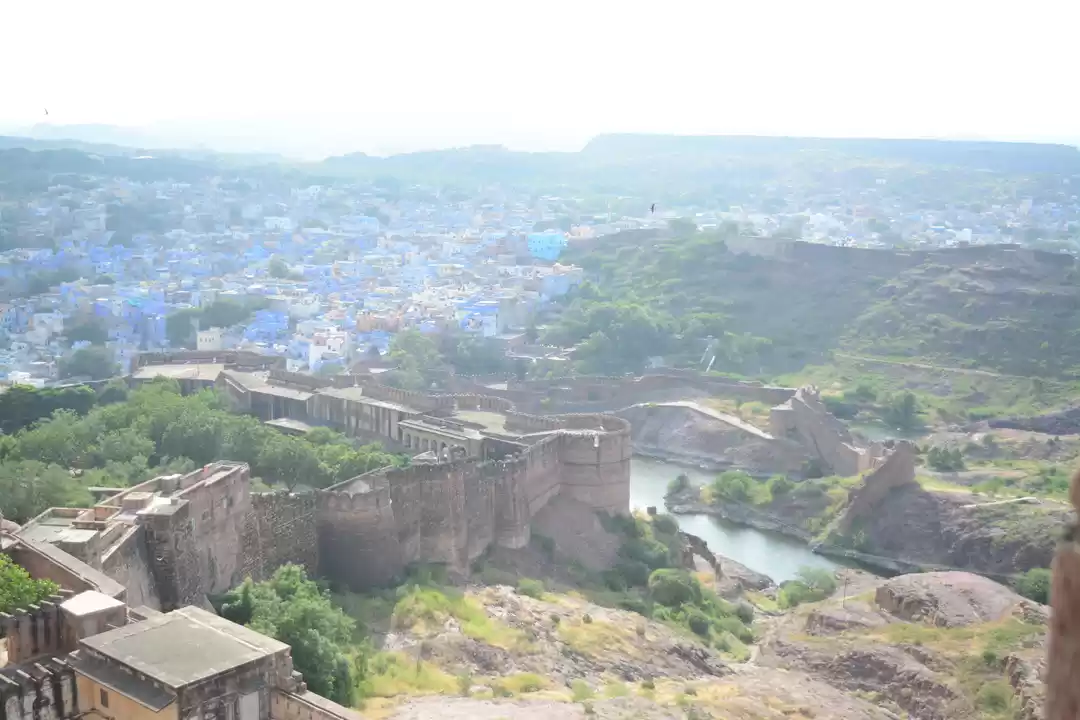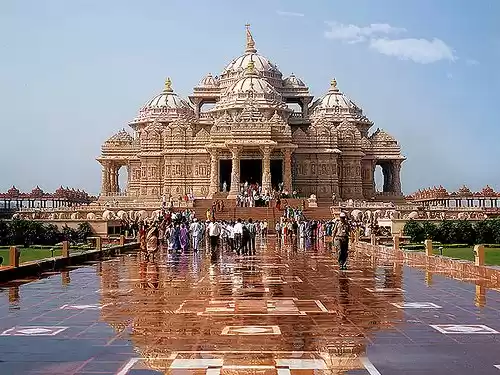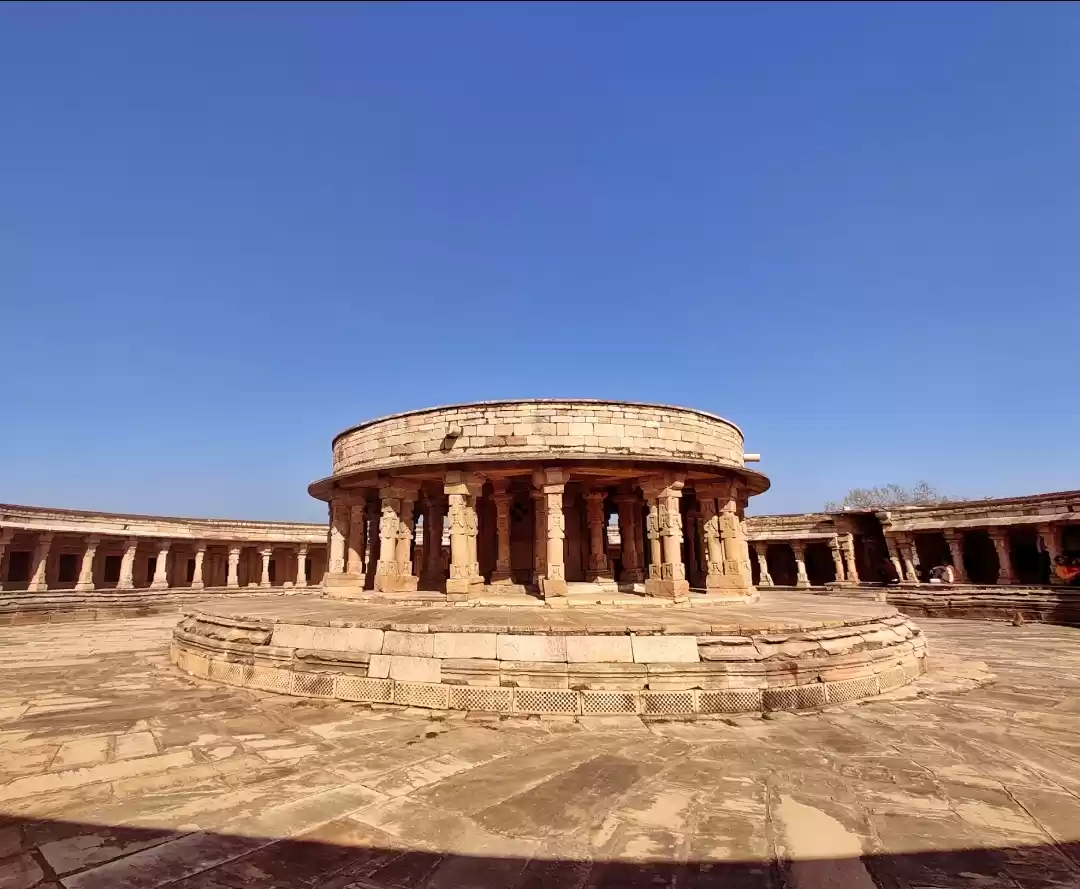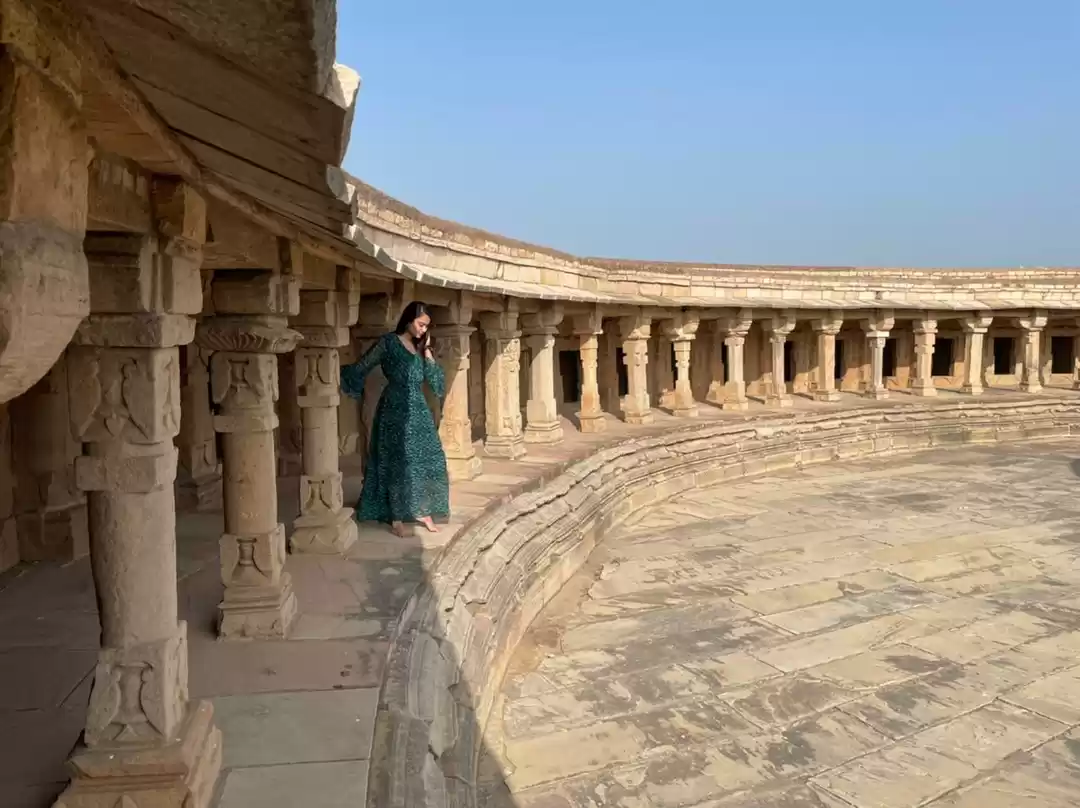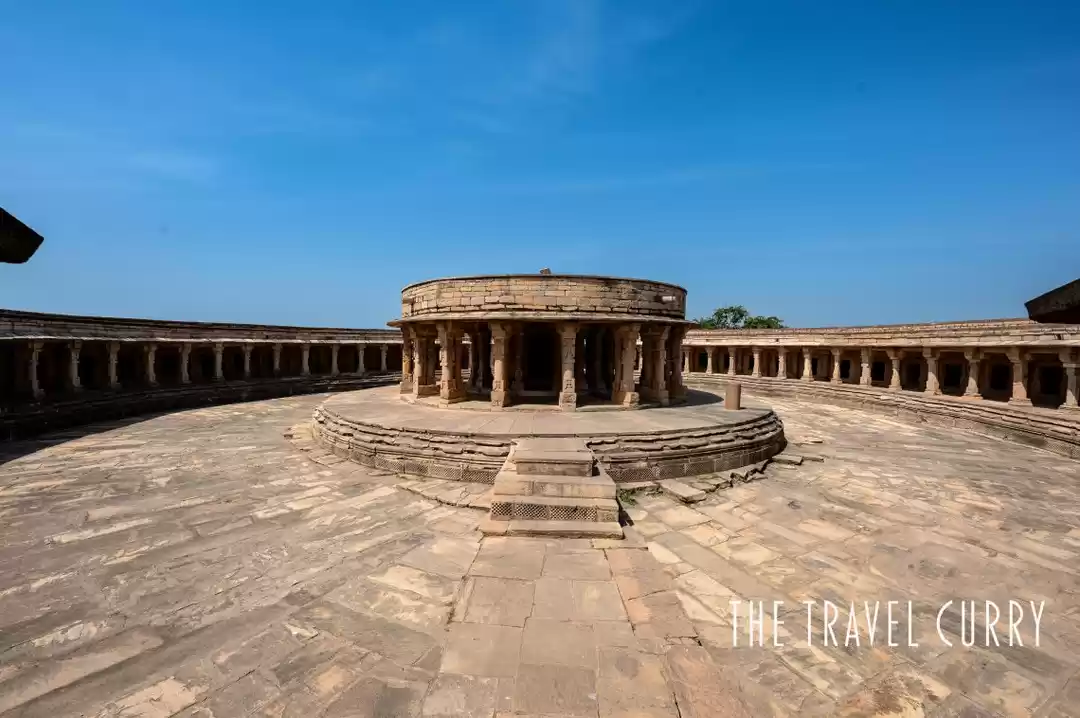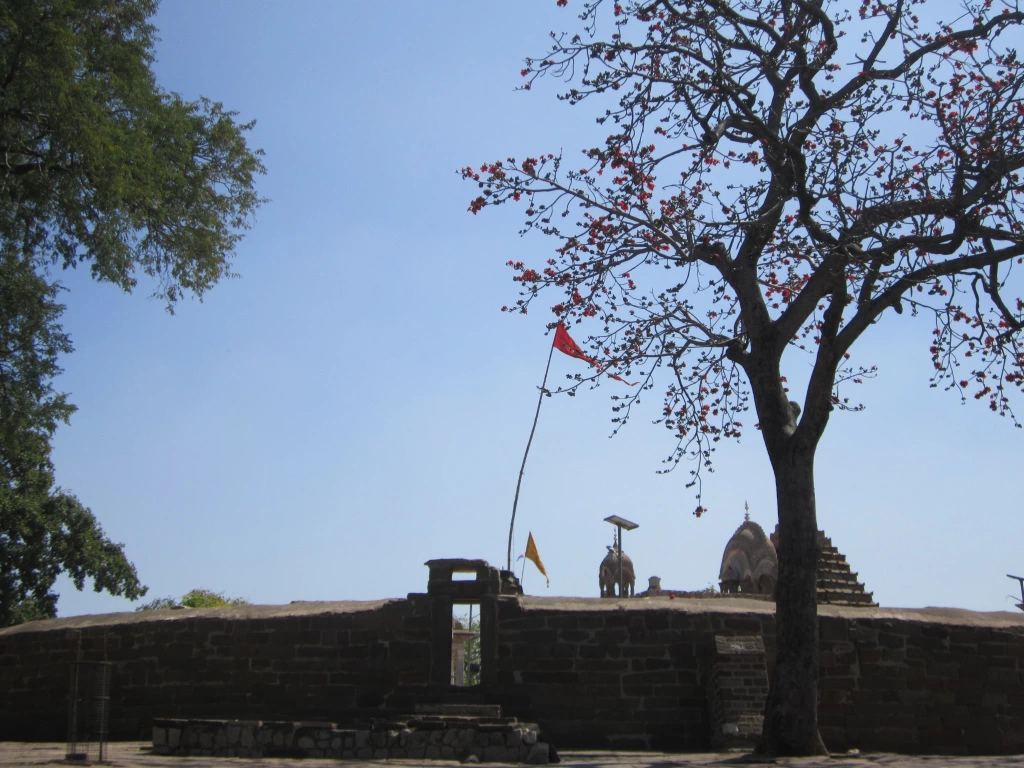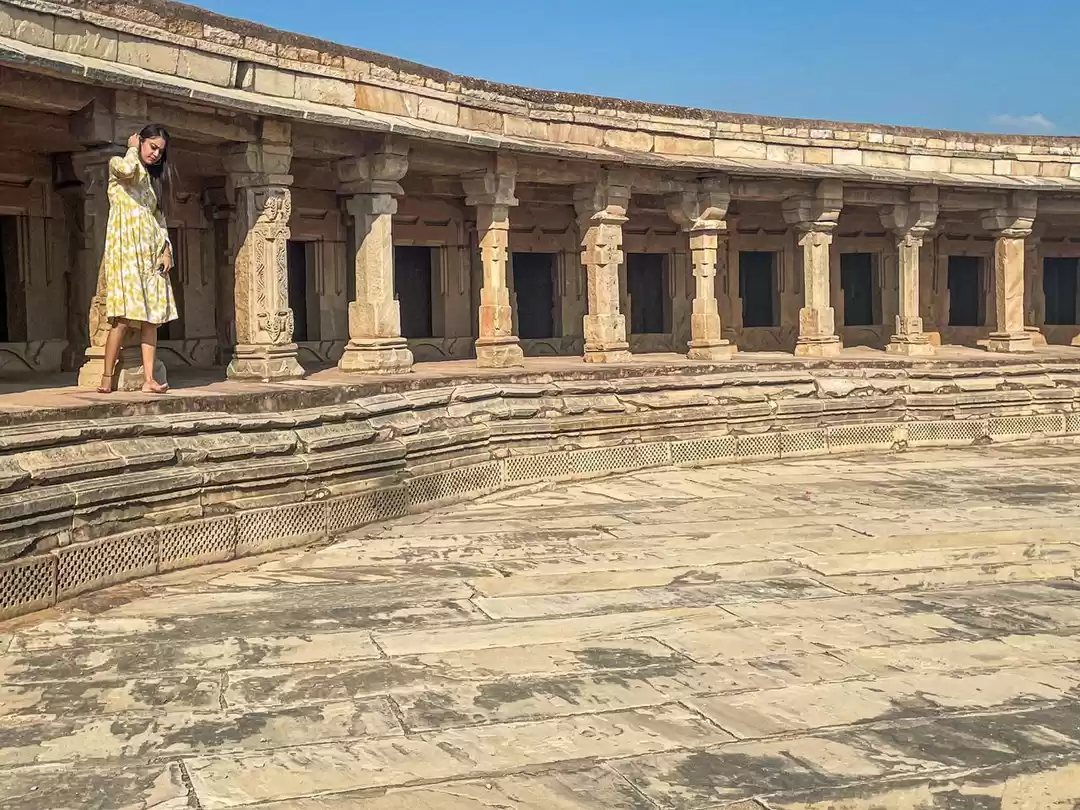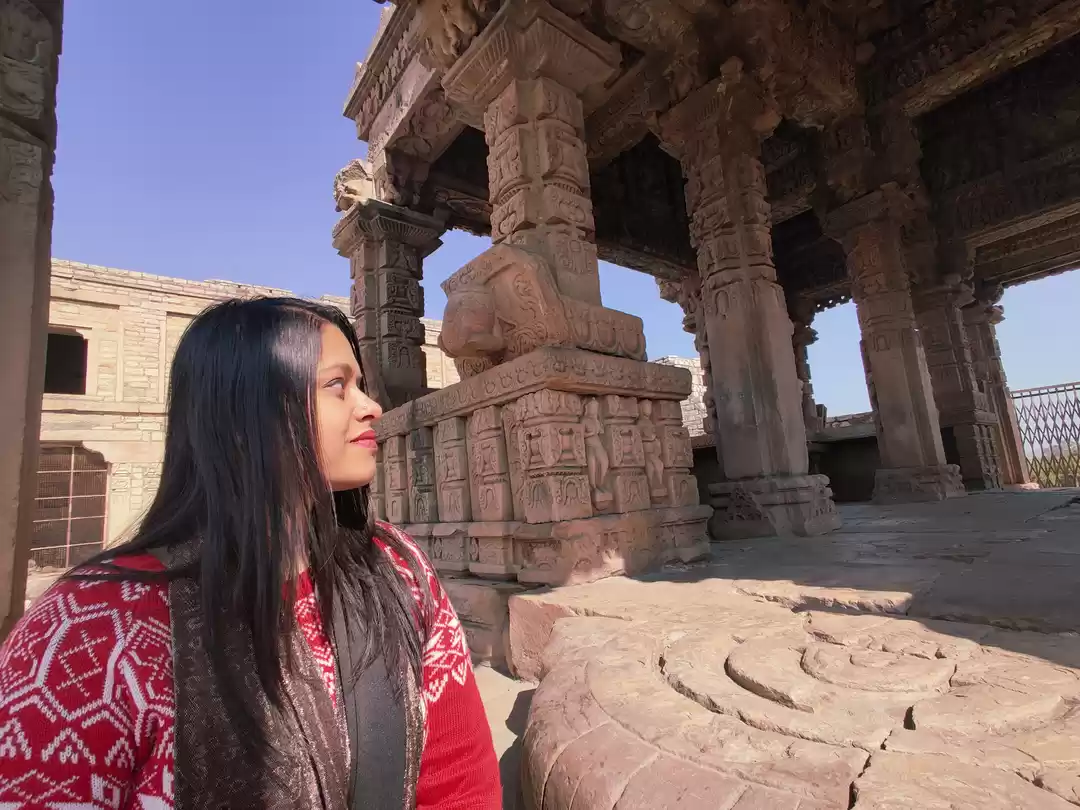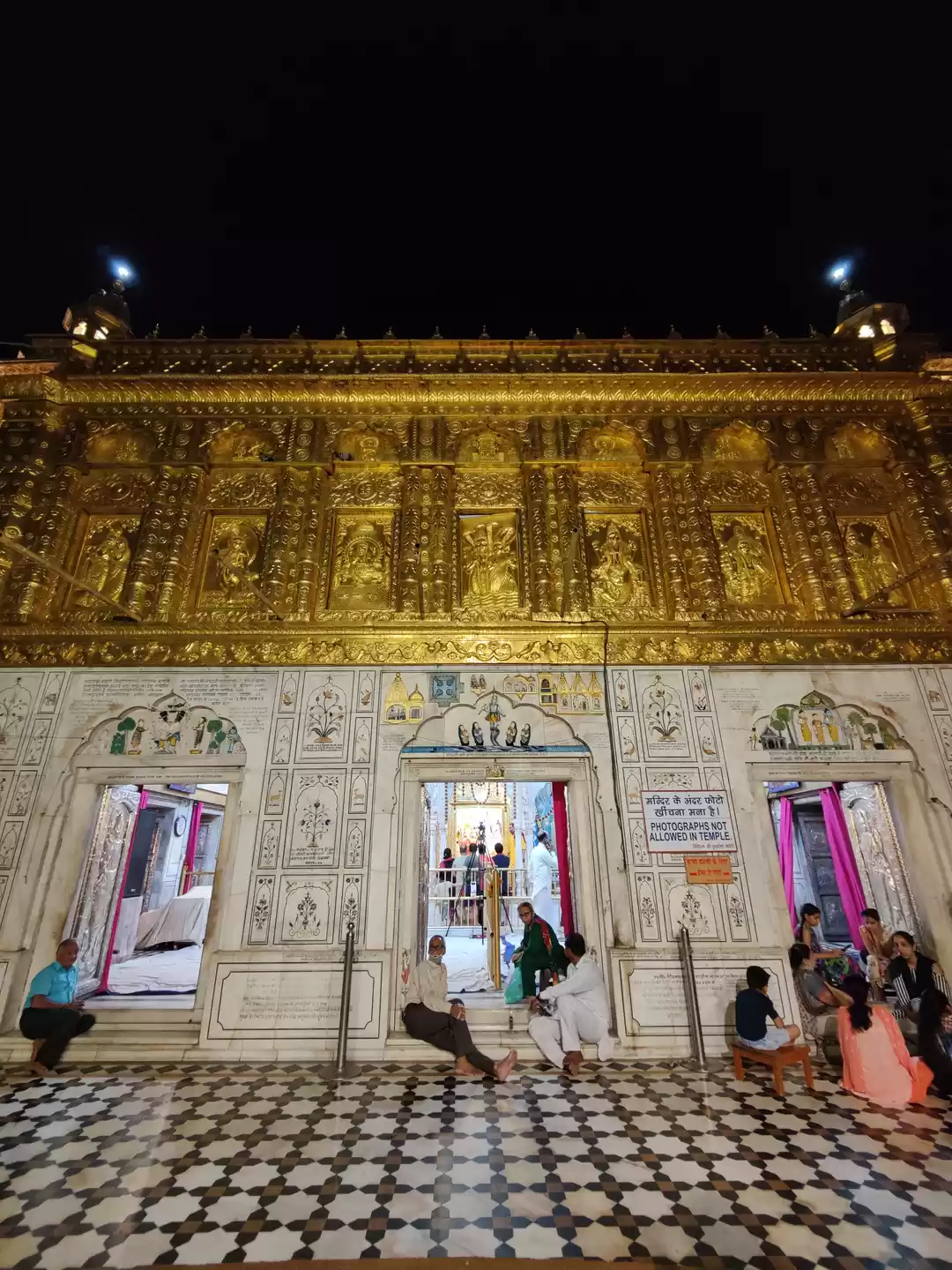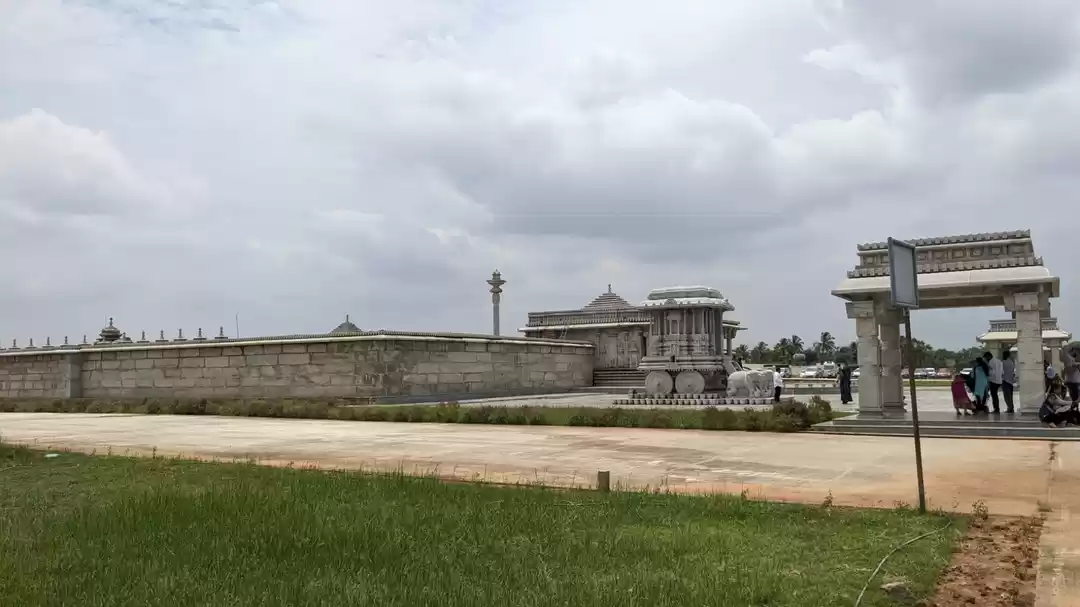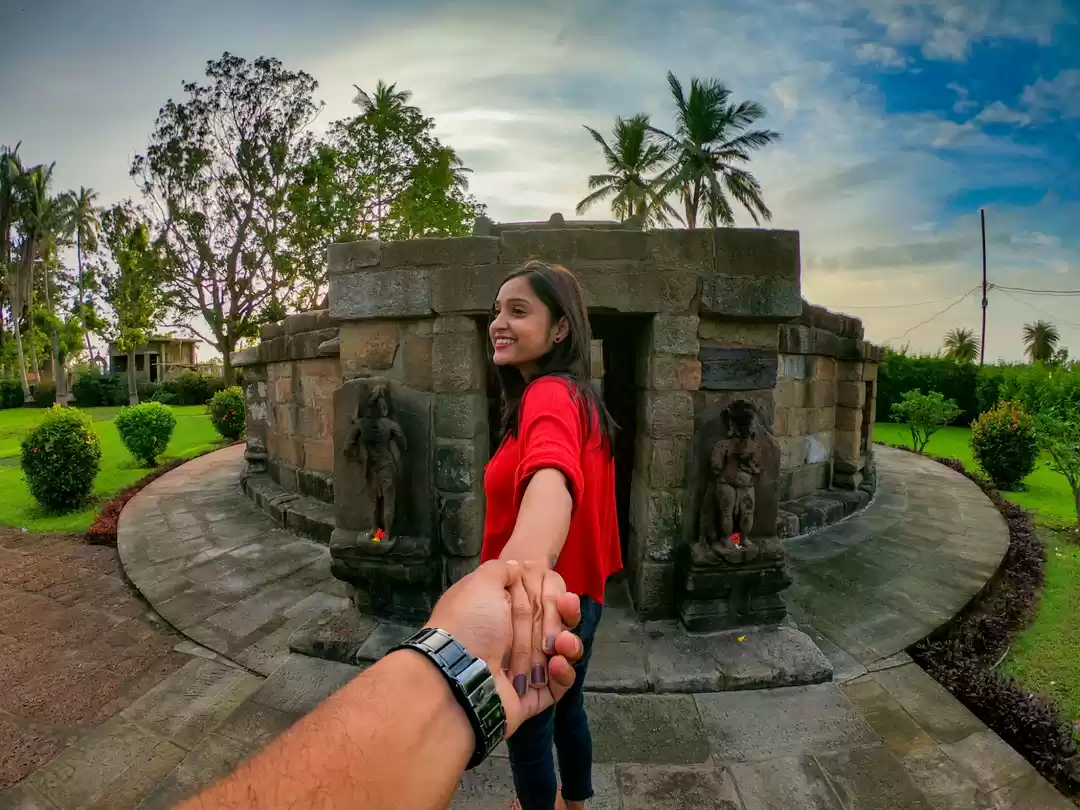Have you ever wondered what it would be like to visit a temple that is dedicated to 64 female goddesses who are worshipped for their power, wisdom, and beauty? If yes, then you should definitely check out the chausath yogini temple in India, a temple that celebrates the cult of powerful women.
The chausath yogini temple is a type of Hindu temple that is devoted to the 64 yoginis, who are female aspects of the divine energy or Shakti. The yoginis are often associated with tantric practices and are revered as powerful beings who can grant boons or curses. There are several chausath yogini temples in India, but the most famous ones are located in Mitaoli, Hirapur, Khajuraho, and Jabalpur.
In this article, we will explore the history, culture, architecture, and significance of the chausath yogini temple in India, and how you can plan a visit to these amazing temples that celebrate the cult of powerful women.
History of the Chausath Yogini Temple
The term “chausath yogini” means “64 yoginis” in Hindi and Sanskrit. The number 64 is considered sacred in Hindu mythology and cosmology, as it represents the 64 arts or skills that a person can master, the 64 forms of Shiva and Shakti, and the 64 squares of a chessboard. The yoginis are believed to be manifestations of Shakti, who is the supreme goddess and the consort of Shiva, the destroyer god. The yoginis are also considered to be the attendants or companions of Durga, Kali, or Bhairavi, who are fierce forms of Shakti.
The chausath yogini temples were built by different dynasties and rulers between the 9th and 12th centuries CE in various parts of India. The earliest known chausath yogini temple is in Mitaoli, Madhya Pradesh, which was built by the Kalachuri dynasty in the 10th century CE. The Kalachuri dynasty was a powerful clan that ruled over central and eastern India and was known for their patronage of art and architecture. The Mitaoli temple is also said to have inspired the design of the Indian Parliament House in Delhi.
The other famous chausath yogini temples are in Hirapur, Odisha; Khajuraho, Madhya Pradesh; and Jabalpur, Madhya Pradesh. These temples were built by the Pratihara, Chandela, and Kalachuri dynasties respectively in the 9th, 10th, and 11th centuries CE. These dynasties were also known for their cultural and military achievements and their resistance to Muslim invasions.
Some of the legends associated with these temples are:
1. The Hirapur temple was built by Queen Hiradevi of the Pratihara dynasty as a tribute to her husband King Sudarshan who died in battle.
2. The Khajuraho temple was built by King Dhanga of the Chandela dynasty as a gift to his tantric guru Gorakhnath who helped him defeat his enemies.
3. The Jabalpur temple was built by King Karna of the Kalachuri dynasty as a mark of his devotion to Shiva and Parvati who appeared to him in a dream.
These temples are not only historical monuments but also living temples where rituals are performed regularly by priests and devotees.

Culture and Religion of the Chausath Yogini Temple
The chausath yogini temples are not only architectural marvels but also cultural and religious treasures. They reflect the rich and diverse traditions of Hinduism, especially those related to tantrism, yoga, shaktism, or feminism.
Tantrism is a branch of Hinduism that focuses on using esoteric techniques such as mantras, yantras, mudras, and rituals to achieve spiritual goals such as liberation, power, or bliss. Tantrism also involves worshipping various deities, especially those who are fierce, dark, or erotic, such as Kali, Bhairava, or Kamakhya. The yoginis are considered to be tantric goddesses who can bestow siddhis or supernatural powers to their worshippers.
Yoga is a discipline that involves physical, mental, and spiritual practices to attain harmony, balance, and enlightenment. Yoga also involves worshipping various aspects of nature, such as the sun, the moon, the earth, or the elements. The yoginis are considered to be yoga goddesses who can teach various forms of yoga to their disciples.
Shaktism is a sect of Hinduism that worships Shakti or the feminine principle as the supreme reality and the source of all creation. Shaktism also involves worshipping various forms of Shakti, such as Durga, Lakshmi, Saraswati, or Parvati. The yoginis are considered to be shakti goddesses who can embody various aspects of Shakti, such as wisdom, wealth, art, or love.
Feminism is a movement that advocates for the rights, equality, and empowerment of women in society. Feminism also involves celebrating the achievements, contributions, and diversity of women in various fields and domains. The yoginis are considered to be feminist goddesses who can inspire and empower women to overcome their challenges and realize their potential.
The chausath yogini temples are places where these different traditions and values are expressed and experienced through various rituals and practices.
Find the best things to do in Bhubaneswar.

Some of the common rituals and practices that are performed at these temples are:
1. Offering flowers, fruits, blood, or liquor to the yoginis as a sign of respect, gratitude, or devotion.
2. Chanting mantras or hymns in praise of the yoginis as a way of invoking their presence, energy, or blessings.
3. Meditating or performing yoga in front of the yoginis as a way of aligning oneself with their essence, vibration, or consciousness.
4. Seeking boons or curses from the yoginis as a way of fulfilling one’s desires, needs, or wishes.
These rituals and practices are not only meant to please the yoginis but also to transform oneself into a yogini. A yogini is not only a goddess but also a state of being that is free, fearless, and joyful.
Architecture and Art of the Chausath Yogini Temple
The chausath yogini temples are also examples of exquisite architecture and art that showcase the skill, creativity, and vision of their builders and sculptors. The chausath yogini temples have some common features that distinguish them from other types of Hindu temples, such as:
1. They have a circular or rectangular shape that symbolizes the cosmic cycle or the geometric order.
2. They have 64 chambers or niches for the yoginis that surround a central shrine for Shiva or Gauri-Shankar (Shiva and Parvati) that symbolizes the union of the male and female principles.
3. They are made of stone or brick that symbolizes the solidity and durability of the material world.
They have a nagara or vesara style that symbolizes the fusion of the north and south Indian temple styles.
The chausath yogini temples also have some unique and remarkable sculptures and carvings of the yoginis and other deities that adorn their walls and ceilings.
These sculptures and carvings have some common features that distinguish them from other types of Hindu sculptures and carvings, such as:
1. They have fierce or serene expressions that symbolize the dual nature of the divine energy.
2. They have standing or sitting postures that symbolize the active or passive modes of the divine energy.
3. They have jewels or skulls as ornaments that symbolize the abundance or austerity of the divine energy.
4. They have lotus or snake as motifs that symbolize the purity or power of the divine energy.

The chausath yogini temples also have some similarities and differences among themselves that reflect their regional and temporal variations. Some of the similarities and differences among the four major chausath yogini temples in India are:
Mitaoli: It has a circular shape with a domed roof that resembles a lotus bud. It has 64 chambers for the yoginis that are arranged in four concentric circles. It has a central shrine for Shiva and Parvati that is accessed by a narrow passage. It has simple and elegant sculptures of the yoginis that are mostly intact.
Hirapur: It has a circular shape with an open-air roof that allows natural light to enter. It has 64 niches for the yoginis that are arranged in two concentric circles. It has a central shrine for Bhairavi (a form of Kali) that is covered by a cloth. It has intricate and expressive sculptures of the yoginis that are mostly intact.
Khajuraho: It has a rectangular shape with erotic sculptures that depict various sexual acts and positions. It has 64 cells for the yoginis that are arranged in four rows. It has a central shrine for Shiva that is elevated on a platform. It has elaborate and sensual sculptures of the yoginis that are mostly damaged or missing.
Jabalpur: It has a circular shape with a view of the Narmada river and the marble rocks. It has 64 chambers for the yoginis that are arranged in one circle. It has a central shrine for Gauri-Shankar (Shiva and Parvati) that is decorated with flowers. It has graceful and beautiful sculptures of the yoginis that are mostly intact.
How to Visit the Chausath Yogini Temple
If you are interested in visiting these temples, you will need some practical information about how to plan your trip, such as the best time to visit, how to reach, where to stay, and what to do nearby. Here are some tips and suggestions for each temple:
Mitaoli: The best time to visit Mitaoli is during winter (October to March) when the temperature is pleasant and the weather is dry. You can reach Mitaoli by car or bus from Gwalior, which is about 40 km away. You can find some budget hotels and guest houses near the temple or in Gwalior. You can also visit some other historical monuments and temples nearby, such as the Padhavali fort and the Bateshwar temple complex.
Hirapur: The best time to visit Hirapur is during Navratri (September or October) when the temple is decorated and lively with devotees and festivities. You can reach Hirapur by auto-rickshaw or taxi from Bhubaneswar, which is about 15 km away. You can find some homestays and farmhouses near the temple or in Bhubaneswar, here's a detailed guide on the city. You can also visit some other natural and cultural attractions nearby, such as the Dhauli hill and the Udayagiri caves.
Khajuraho: The best time to visit Khajuraho is during the Khajuraho Dance Festival (February or March) when the temple hosts classical dance performances by renowned artists. You can reach Khajuraho by train or flight from Jhansi, which is about 175 km away. You can find some luxury hotels and resorts near the temple or in Khajuraho. You can also visit some other heritage and wildlife attractions nearby, such as the Raneh falls and the Panna national park.
Jabalpur: The best time to visit Jabalpur is during monsoon (June to September) when the Narmada river is full and the marble rocks are spectacular. You can reach Jabalpur by bus or taxi from Bhedaghat, which is about 15 km away. You can find some mid-range hotels and lodges near the temple or in Jabalpur. You can also visit some other adventure and scenic attractions nearby, such as the Dhuandhar falls and the Balancing rock.
These temples are not only historical monuments but also living temples where rituals are performed regularly by priests and devotees.
Conclusion
We hope you enjoyed learning about the history, culture, architecture, and significance of the chausath yogini temple in India, and how you can plan a visit to these amazing temples that celebrate the cult of powerful women.
Have you visited any of these temples? What did you think of them? Let us know in the comments below.












